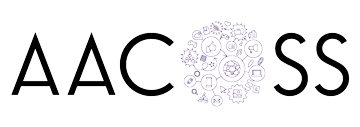
Parental Controls and Online Learning
Over the summer 2020 period, Sharon Girling and Teresa Hughes, both AACOSS Founding members, carried out some research on behalf of IFFOR, the International Foundation for Online Responsibility.
Specifically, they looked at parental concerns when it comes to online learning and how effective they feel parental controls are in tackling those concerns.

Quotation from the report introduction:
The arrival of the coronavirus pandemic in early 2020 led to an explosion in the use of online learning across the globe as an estimated 1.2 billion children of all ages were required to stay at home as schools closed in an effort to contain the virus.
As we have gone past the summer holidays and into the new school year, many children will still need to take many or most of their classes online. Even before COVID-19, however, there was high growth and adoption in new education technology that makes use of the internet to allow for remote or distance e-learning – and that trend looks set to continue.
There are many different aspects to a shift to online learning including the availability of fast internet access and learning devices, changes in teaching styles and approaches, and software solutions to provide an effective learning experience.
We decided to look at a key social aspect of online learning: parental concerns and efforts to alleviate them by using software controls. To that end, we developed an online survey comprising 22 inter-related questions and approached parents in both the United States and the United Kingdom for their experiences.
Over the course of June 2020, we received 1,173 responses; 707 of them from the US and the remainder, 466, from the UK. We are confident this represents a statistically relevant and representative sample of parents in both countries.
This report details the results of that survey, complete with an analysis of the current situation as it relates to online learning and parental controls, as well as some pointers for additional research and recommendations for improvement. We have also produced an accompanying infographic to make the results more readily digestible.
You can read the full report (PDF version) HERE and there is also an infographic HERE.











